

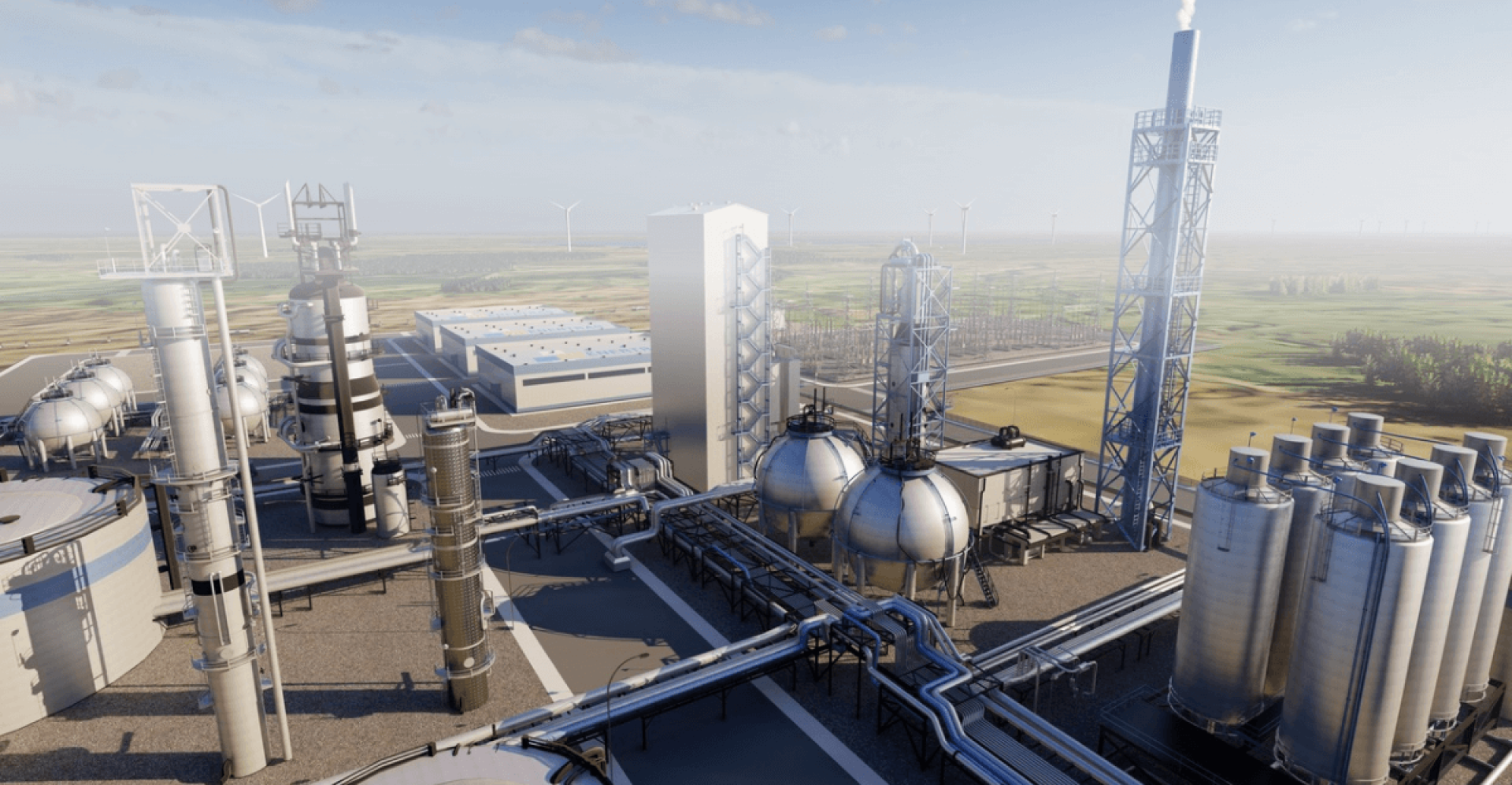
Uruguay
ENERTRAG is planning the Tambor Green Hydrogen Hub in the Department of Tacuarembó, Uruguay. The project will consist of wind and solar plants as well as an electrolyser and conversion facilities for the production of green hydrogen and its derivatives.
Uruguay is one of the world's pioneers in the field of renewable energies and currently planning on becoming an exporter of green hydrogen and its derivatives. The country has the potential to produce hydrogen in the gigawatt scale and, thus, meet Germany's entire demand for methanol, for example.
ENERTRAG wants to support Uruguay's role as a pioneer in Latin America in the implementation of a green energy transition. With its high-quality energy resources, its stable regulatory and political framework as well as its vast experience in permitting and implementing large-scale renewable energy facilities, Uruguay is an ideal partner for Europe and for ENERTRAG.
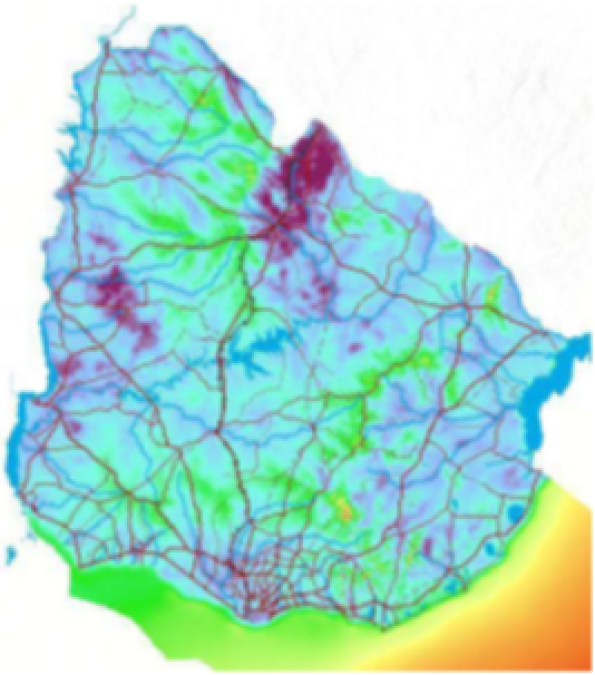

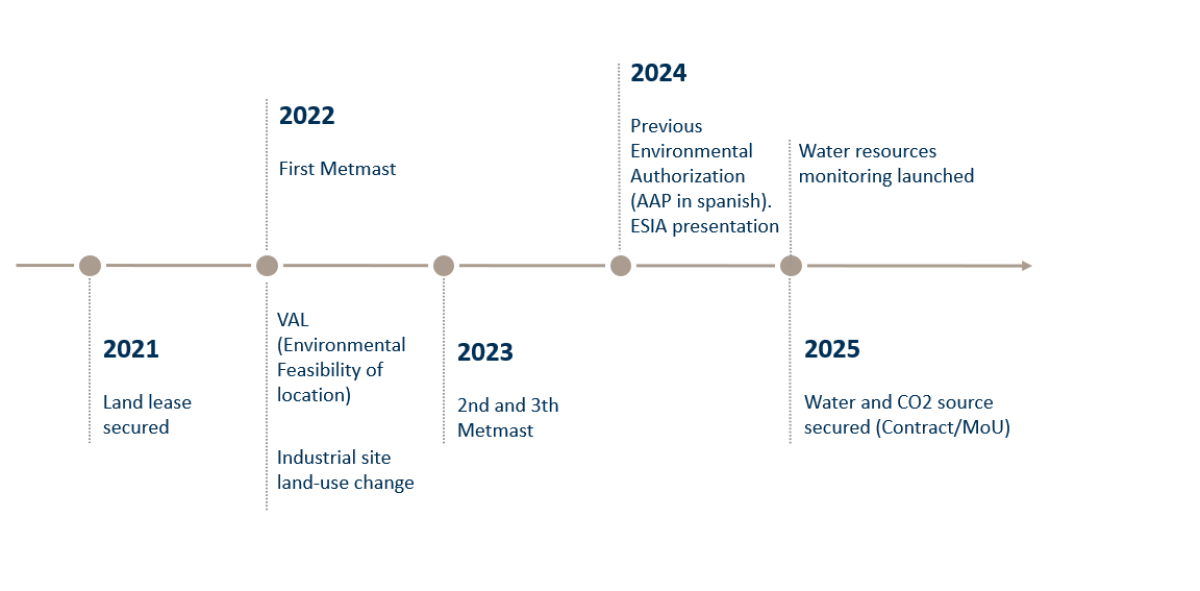
Wind turbines utilize the power of the wind to drive rotor blades and, via these, a generator. In this way, electrical energy is generated. Incident sunlight is used to generate electrical energy in solar cells.
Electrolyzers split water into hydrogen and oxygen with the help of electricity from local wind and solar power plants.
In addition to electricity, CO2 and water are also required for the climate-friendly production of methanol. The electricity that ENERTRAG uses for the synthesis comes exclusively from wind power and photovoltaics. Hydrogen is produced from water using electrolysis and electricity, which is then converted into methanol using CO2.
Interest in Latin and South America’s potential for the production of green hydrogen is continuously increasing, given its world-class wind and solar resources. Besides the strong commitment of the Uruguayan government to a green energy transition, these are key factors for the generation of competitive large-scale renewable energy.
The government of the Federal Republic of Germany has noticed these ambitions and, therefore, initiated the H2Global programme, of which ENERTRAG is a founding member. The aim of H2Global is to create an efficient funding programme for a fast market ramp-up and import of green-hydrogen-based products to Germany. The envisaged funding mechanism will enable the long-term commercial operation of green-hydrogen plants and the market ramp-up towards an industrial scale which is required now.
ENERTRAG has more than 10 years of experience in the production of green hydrogen and has already been active in Uruguay for several years, working closely with the German-Uruguayan Chamber of Commerce, among others. 2021 the company could also welcome a delegation led by the Minister of Industry, Energy and Mining, Omar Paganini, and other government representatives in Germany.
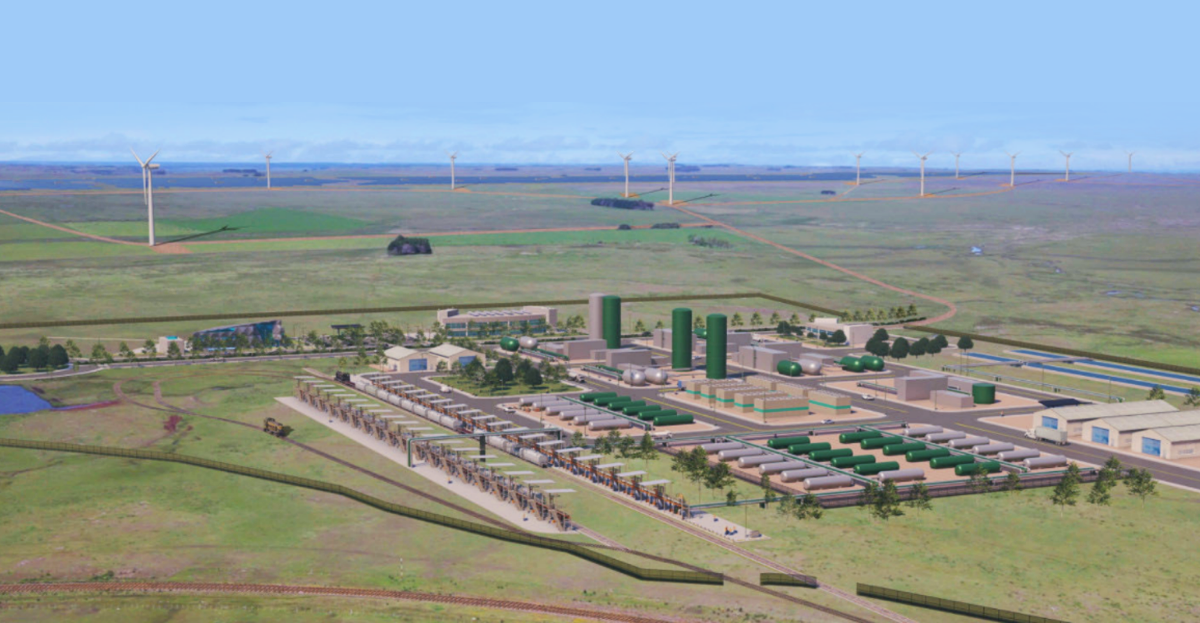
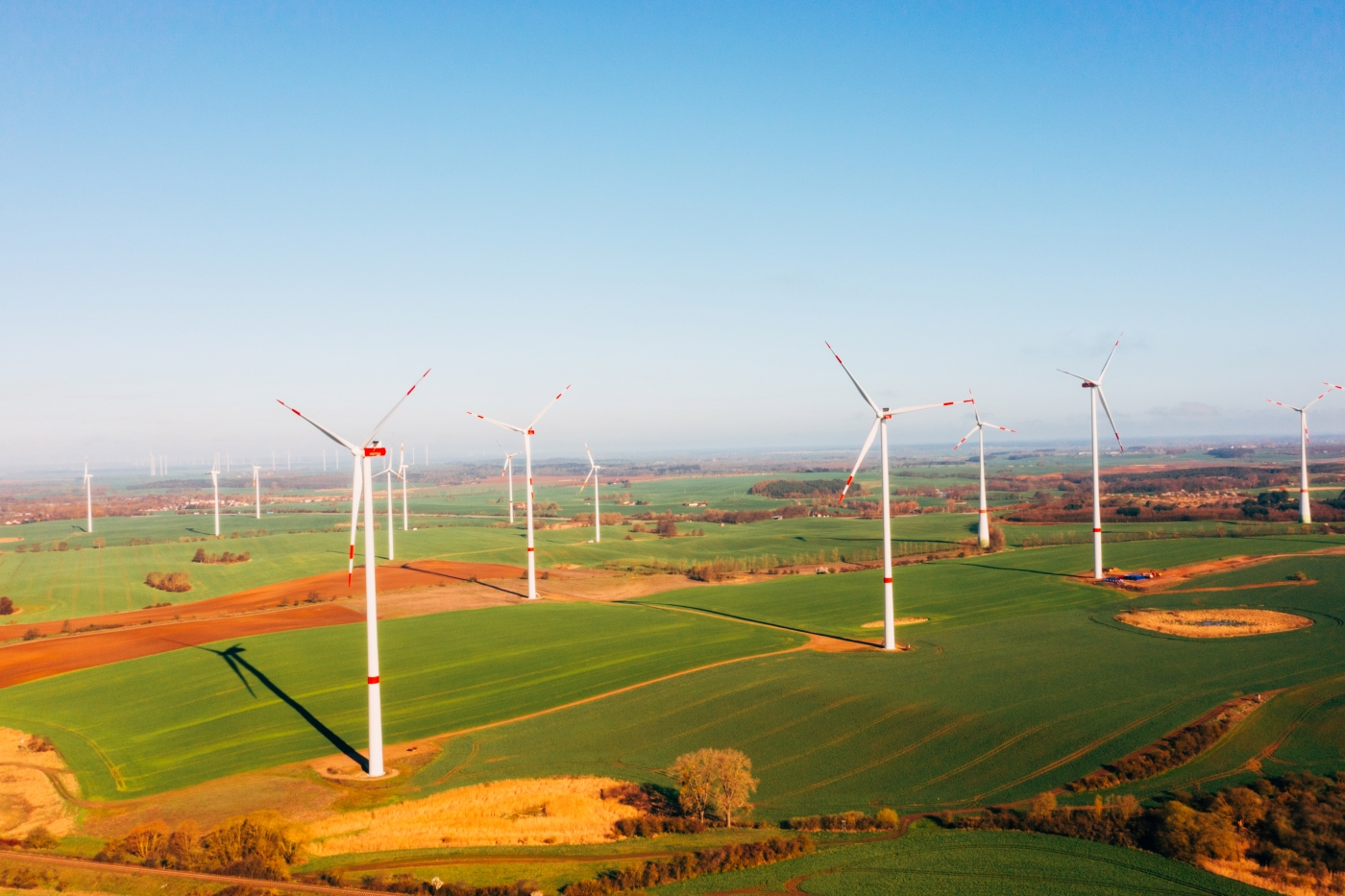

ENERTRAG develops, builds and operates energy solutions from wind, photovoltaics and hydrogen to drive forward the energy transition worldwide - and to completely replace fossil fuels in the energy supply.
Stay up to date with the latest articles from the press area.